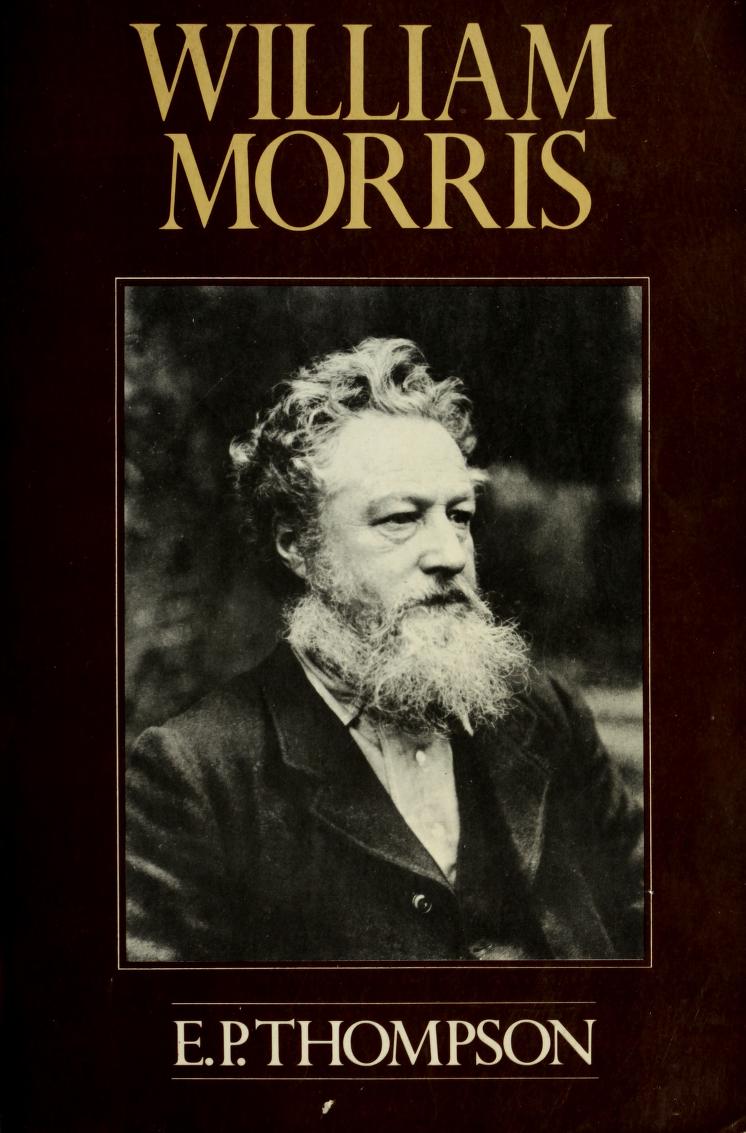Julia Vaingurt: Wonderlands of the Avant-Garde: Technology and the Arts in Russia of the 1920s (2013)
Filed under book | Tags: · 1920s, aesthetics, architecture, art, art history, avant-garde, biomechanics, body, cinema, communism, constructivism, design, literature, machine, politics, russia, science fiction, sexuality, socialism, soviet union, technē, technology, theatre

“In postrevolutionary Russia, as the Soviet government was initiating a program of rapid industrialization, avant-garde artists declared their intent to serve the nascent state and to transform life in accordance with their aesthetic designs. In spite of their professed utilitarianism, however, most avant-gardists created works that can hardly be regarded as practical instruments of societal transformation. Exploring this paradox, Vaingurt claims that the artists’ investment of technology with aesthetics prevented their creations from being fully conscripted into the arsenal of political hegemony. The purposes of avant-garde technologies, she contends, are contemplative rather than constructive. Looking at Meyerhold’s theater, Tatlin’s and Khlebnikov’s architectural designs, Mayakovsky’s writings, and other works from the period, Vaingurt offers an innovative reading of an exceptionally complex moment in the formation of Soviet culture.”
Publisher Northwestern University Press, 2013
SRLT series
ISBN 0810128942, 9780810128941
322 pages
via Sorin
Review: Boris Dralyuk (NEP, 2013), Tim Harte (Slavic Review, 2014).
PDF (updated on 2022-11-12)
See also the science-fiction film Aelita, Queen of Mars, dir. Yakov Protazanov, 1924, 111 min, based on Tolstoy’s novel.
Comments (2)E. P. Thompson: William Morris: Romantic to Revolutionary, rev. ed. (1955/1977)
Filed under book | Tags: · 1800s, art, art history, biography, craft, design, marxism, politics, socialism, united kingdom

This biographical study is a window into 19th-century British society and the life of William Morris—the great craftsman, architect, designer, poet, and writer—who remains an influential figure to this day. This account chronicles how his concern with artistic and human values led him to cross what he called the “river of fire” and become a committed socialist—committed not only to the theory of socialism but also to the practice of it in the day-to-day struggle of working women and men in Victorian England. While both the British Labor Movement and the Marxists have venerated Morris, this legacy of his life proves that many of his ideas did not accord with the dominant reforming tendencies, providing a unique perspective on Morris scholarship.
First published by The Merlin Press, London, 1955
Publisher Pantheon Books, New York, 1977
ISBN 0394733207
829 pages
Review (Eli Zaretsky, Studies in Romanticism, 1977)
Review (Patrick Parrinder, Science Fiction Studies, 1980)
Thompson’s lecture on Morris to the Williams Morris Society (1959)
Publisher (new edition, 2011)
PDF (109 MB, no OCR)
See also Morris’ novel News from Nowhere (1890/93) in the Internet Archive.
Reyner Banham: Theory and Design in the First Machine Age, 2nd ed. (1960/1967)
Filed under book | Tags: · 1900s, 1910s, 1920s, aesthetics, architecture, art, art history, avant-garde, bauhaus, de stijl, design, design history, functionalism, futurism, history of architecture, industrial design, machine, technology

First published in 1960, Theory and Design in the First Machine Age has become required reading in numerous courses on the history of modern architecture and is widely regarded as one of the definitive books on the modern movement. It has influenced a generation of students and critics interested in the formation of attitudes, themes, and forms which were characteristic of artists and architects working primarily in Europe between 1900 and 1930 under the compulsion of new technological developments in the first machine age.
Publisher Praeger, New York and Washington, 1960
Second edition, 1967; Second printing, 1970
338 pages
Review (Robert Gardner-Medwin, The Town Planning Review, 1961)
Review (Dennis Young)
Review (Caroline S. Lebar, 2012)
Review (of the 2009 French edition, Hugues Fontenas, Critique d’art, 2010, in French)
Commentary (Gillian Naylor, Journal of Design History, 1997)
Commentary (Nigel Whiteley, 2005)
PDF (50 MB, no OCR)
Comment (0)
